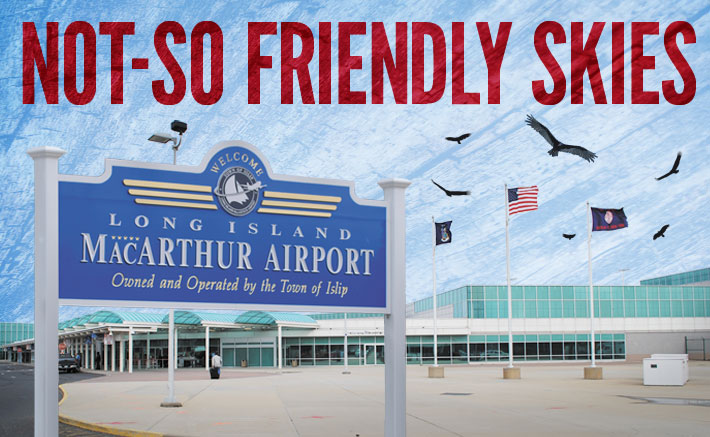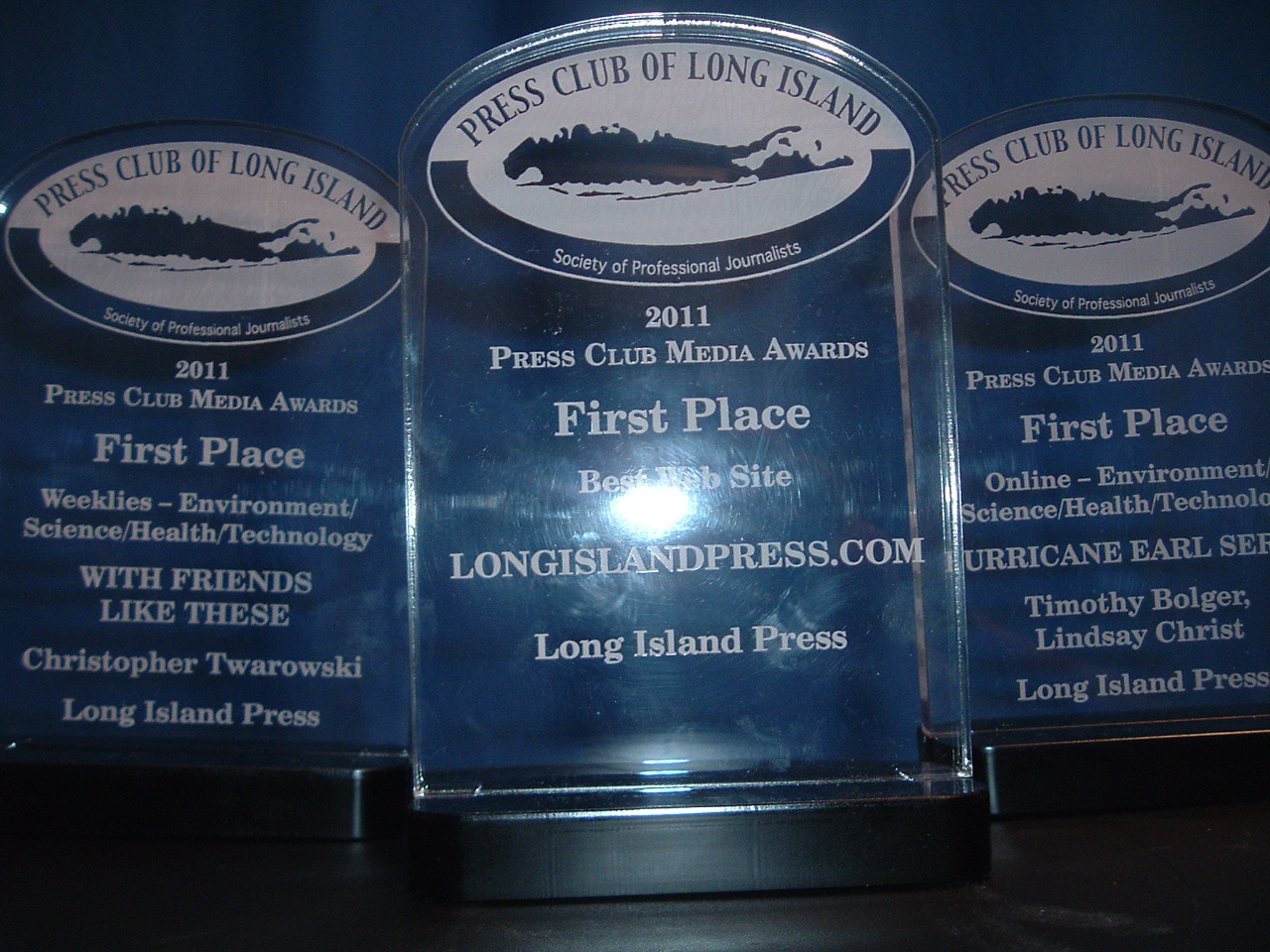

No passengers rush for the gates or crowd the check-in counters at MacArthur’s main concourse. But these scenes could change if new airlines add flights.
According to a recent report in Reuters, the air industry “is in recovery mode after a decade-long downturn that saw several major airlines fall into bankruptcy.” Companies have trimmed costs through cuts in capacity and mergers, and raised ticket prices to give them “a much-needed toehold on stability.”
The two carriers that service MacArthur Airport, Southwest and US Airways, both reported positive news recently; quarterly profits are up for Southwest and US Airways’ on-time performance had its best month in February. Overall, aviation experts say, the industry looks poised for a comeback, but serious problems persist, particularly with congestion at our region’s big three airports, which account for a third of all U.S. air traffic. Delays at JFK, Newark and LaGuardia ripple across the country. The national average delay is 10 minutes, but in our region it’s already double that and expected to get worse. A recent study by the Port Authority of New York & New Jersey, which runs those three huge airports as well as the smaller Stewart International Airport upstate in Orange County, pointed out that MacArthur and Stewart could both play an important role in the near future to relieve air traffic, which has reached “crisis proportions,” and that would certainly be to Islip’s benefit.
“The only answer is more pavement!” says Loccisano. “The only way you’re going to solve the congestion problem is to add more runways and more airports. Islip is definitely the next step.”
He’d like MacArthur to extend its 5,000-foot runway so it would have two 7,000-foot runways rather than just one, which he says would give large commercial aircraft more flexibility in case of crosswinds. There are no plans on the table right now to do so, and the shorter runway was no deterrent when carriers were booking 80 to 90 flights a day from Islip.
With the future in mind, planners at Brookhaven and Islip have worked together to submit the “Ronkonkoma and MacArthur Airport Transit Oriented Development,” aka the Ronkonkoma hub project, to the federal government as part of the Long Island Regional Planning Council’s Comprehensive Economic Development Strategy, aka CEDS for policy wonks. The goal is to “turn [around] a blighted area around the LIRR station in Ronkonkoma and connect it to Long Island’s only major commercial airport… This will spur business growth at the airport. To make these projects a reality, a regional sewage treatment plant is needed.” The proposal, valued at $324 million, calls for $35 million just for the sewage treatment plant.
Adding to MacArthur Airport’s regional appeal is its proximity to the Islip Foreign Trade Zone, a 52-acre site (with a couple of parcels still available) that allows companies to avoid costs associated with importing and exporting goods with other countries, according to Tracey Krut, the zone’s executive director.
“Good things are ready to happen there,” says Loccisano. “But there needs to be more flight opportunities. Right now a lot of people are driving past MacArthur to go to Kennedy and LaGuardia just because you don’t have the flights out of Islip.”
“If the economy turns around and the growth doesn’t follow,” he says, “then maybe the right decisions aren’t being made at the airport for whatever reason.”
“Without sounding too partisan, I think the airport for the past four years has been under-marketed,” says Frank Tantone, Islip Republican chairman. “Look, there’s more than one way to do things. And some of it was economics but some of it was not being advertised properly or more efficiently. I think as the economy comes back and maybe we take a different tack, the airport will also start to thrive again.”





